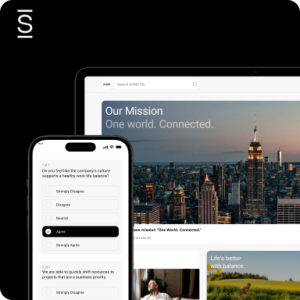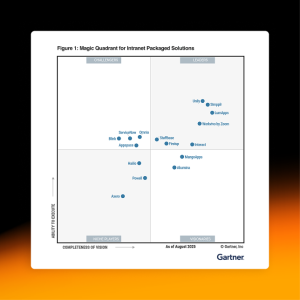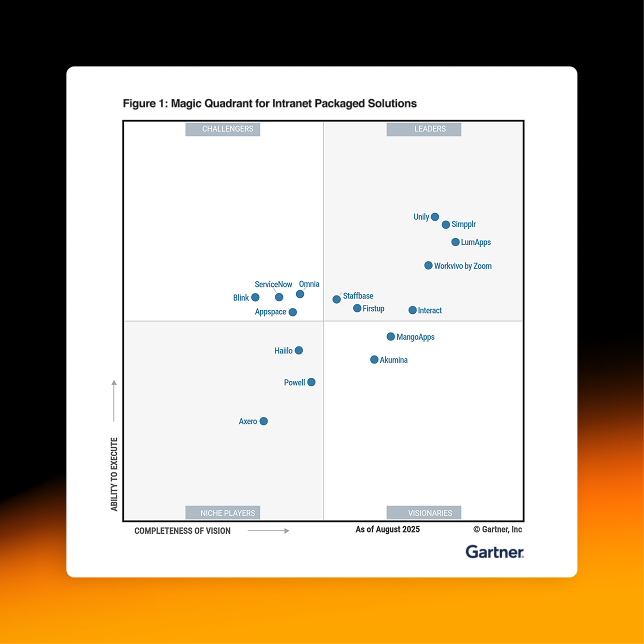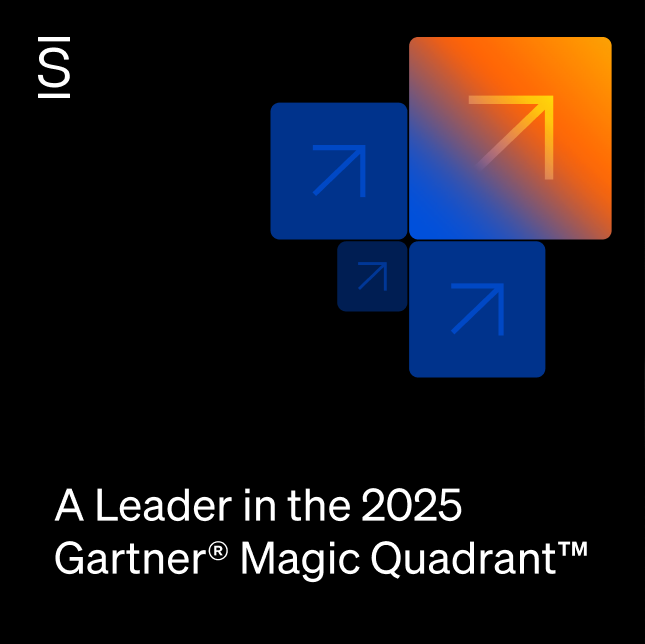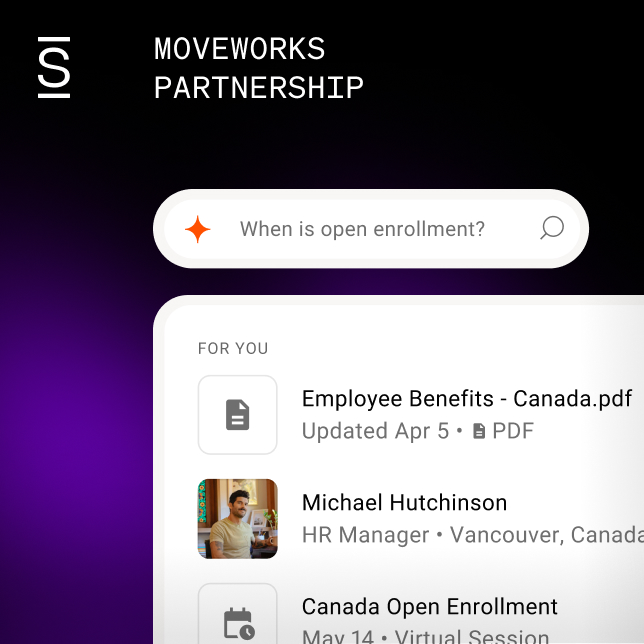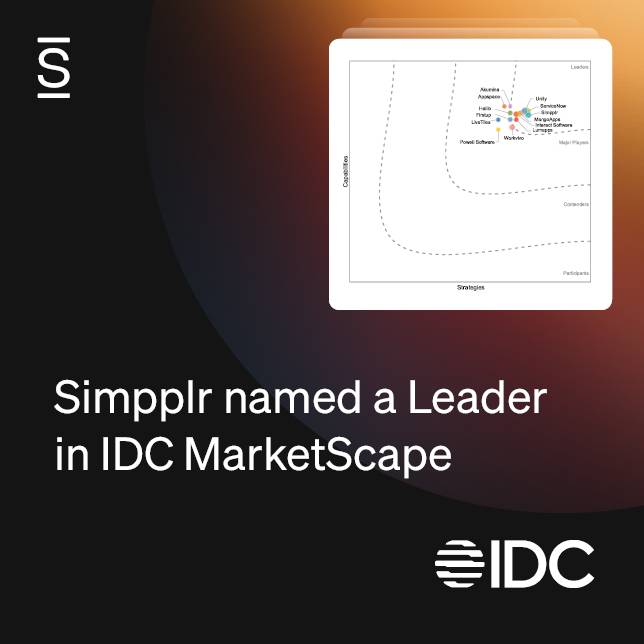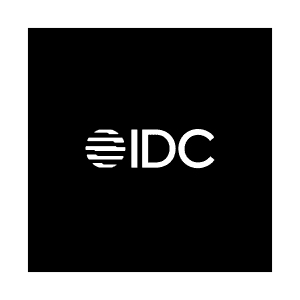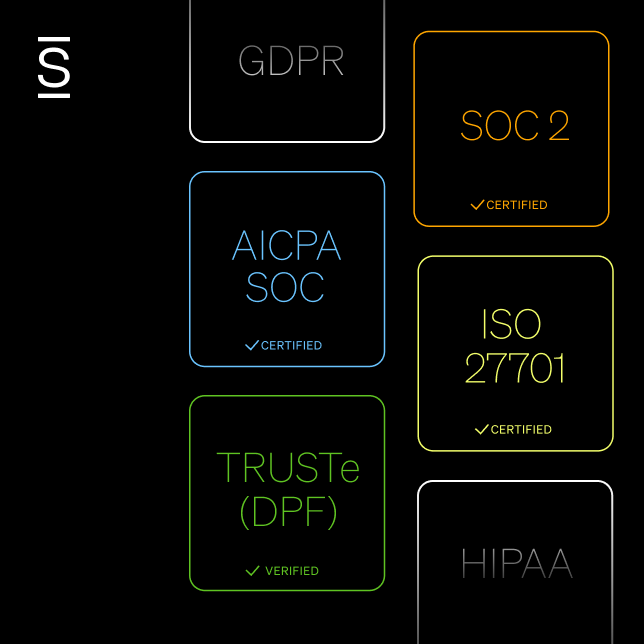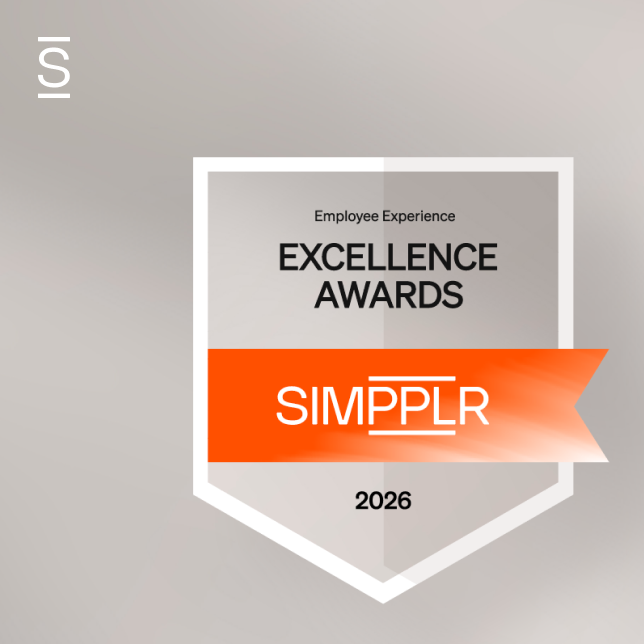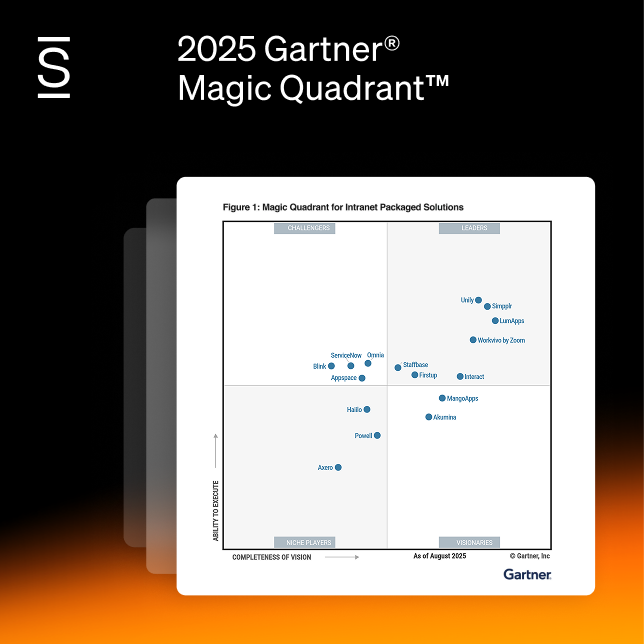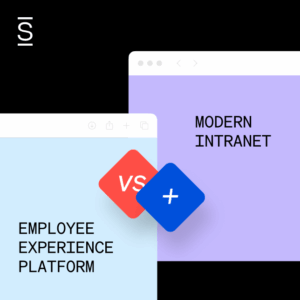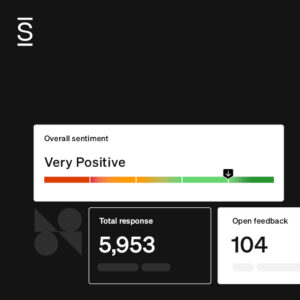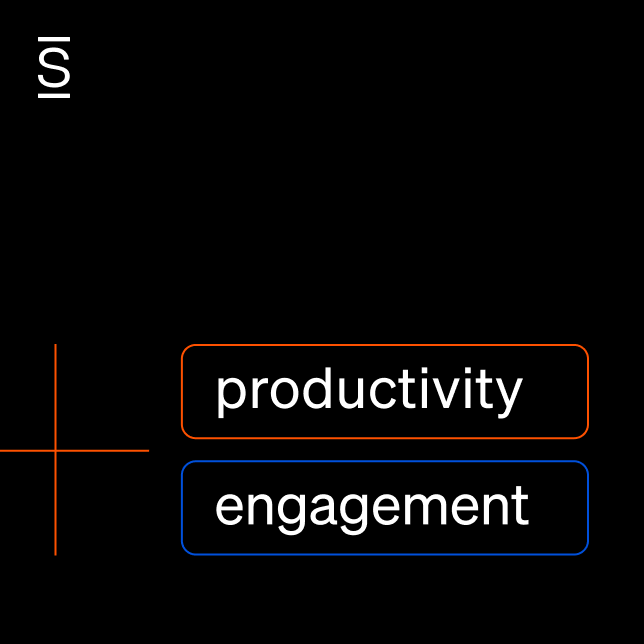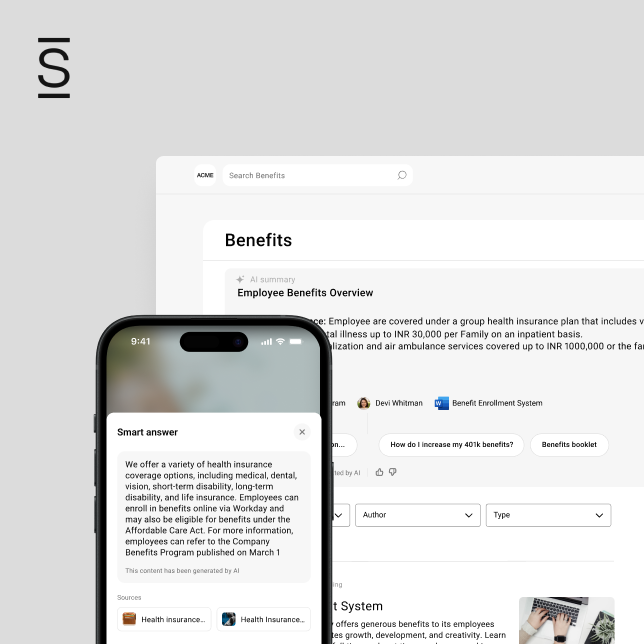Automated user provisioning is the IT pro’s best friend — especially when it comes to employee onboarding. Manual provisioning and deprovisioning of user accounts can be time-consuming and error-prone, delaying productivity as new employees sit idle, waiting for the tools and systems they need to do their work.
Enter automated user provisioning — the process of automatically creating, managing and configuring user accounts and access privileges to IT systems and applications within an organization. Automated provisioning minimizes the need for manual intervention, reducing administrative burden and ensuring new employees have quick and secure access to everything they need to be effective and experience a smooth onboarding process .
According to a Gallup poll, only 12% of U.S. employees say their company has a good onboarding process, yet Brandon Hall Group found that organizations with great onboarding can boost employee retention by 82%. Clearly, a smooth onboarding process is one way to make sure employees are happy and productive from day 1 – and studies show employee satisfaction leads to higher profits.
In this blog post, we’ll explore how automated provisioning works and why it’s a critical capability for a smooth employee on-boarding process.
Table of contents: Why automated user provisioning matters
- What is automated provisioning?
- How does automated provisioning and deprovisioning work?
- 7 benefits of automated user provisioning
- How automatic deprovisioning lowers cost and reduces risk
- The value of SCIM 2.0 support for auto-provisioning
- Popular IAM/SSO vendors
- Grow safely & scale efficiently with Simpplr
What is automated provisioning?
Automated provisioning (or auto-provisioning) automates the process of creating user accounts and configuring access rights when new employees join the organization. It involves assigning permissions based on an employee’s needs or role, and typically takes place when an employee joins an organization or changes roles. (Similarly, de-provisioning happens when a user leaves an organization and privileges are revoked.)
In addition to boosting efficiency by eliminating manual tasks, automated user provisioning streamlines access management, improves security, and ensures compliance with policies and regulations.
It helps organizations enforce consistent access controls, promptly grant or revoke access rights, and maintain centralized control over user account management.
How does automated user provisioning and deprovisioning work?
Automated provisioning is usually managed through an Identity and Access Management (IAM) system, which serves as a central hub for user identity and access control. Common IAM systems include:
- Microsoft Entra ID (formerly Azure Active Directory)
- Okta
- OneLogin
The IAM system often integrates with HR systems or directories, such as those used for employee records and information, enabling the IAM system to receive updates about employee status, roles and other relevant data.
Organizations define provisioning rules and policies within the IAM system. These rules specify how user accounts and access rights should be created, modified or revoked based on different events or triggers. Once these rules are defined, the IAM system triggers automated actions such as:
- Creating user accounts for specific applications and services
- Assigning roles or groups with associated access permissions
- Configuring access settings, including single sign-on (SSO) for seamless access to multiple applications with a single set of credentials
- Notifying relevant personnel or administrators about user changes
Auto-provisioning ensures that users have the appropriate access privileges for their roles.
For example, automatic user provisioning grants permissions to access certain resources, folders or applications based on an employee’s job responsibilities.
Simpplr integrates with any SSO system or identity provider that supports SAML 2.0 (learn more about SAML below) or OAuth/OIDC 2.0, such as Microsoft Entra ID, Okta and hundreds of other solutions.
7 benefits of automated user provisioning (and de-provisioning)
Organizations realize significant benefits from auto-provisioning, including:
1. Time and cost savings
Automating this labor-intensive part of employee onboarding and offboarding saves time and reduces operational costs. Administrators can allocate their time and resources to focus on more strategic initiatives.
2. Streamlines onboarding and offboarding
By automating the process of creating user accounts and configuring access rights, auto-provisioning streamlines employee onboarding, making things easier for administrators while enabling new hires to become productive faster.
3. Improves the employee experience
Automated provisioning can include single sign-on (SSO) capabilities, providing users with seamless access to multiple applications using a single set of credentials.
This simplifies user access and enhances the employee experience.
Some auto-provisioning systems offer self-service portals, allowing users to request and manage their access rights within predefined limits, providing them with more control and flexibility.
4. Strengthens security and compliance
Auto-provisioning enforces consistent access controls by automatically assigning the appropriate access rights and permissions based on predefined rules and policies. They ensure access rights align with regulatory requirements, as well, and minimize the risk of human errors or oversights that could lead to security breaches.
5. Creates an audit trail
Most auto-provisioning systems maintain detailed records and logs of all provisioning activities. This audit trail helps organizations track user access changes, monitor for security compliance, and generate reports for auditing purposes.
6. Enables scalability
Auto-provisioning scales with an organization’s growth. As the workforce expands or changes, the system can easily accommodate new users and adapt access rights accordingly.
7. Centralizes management
Automated user provisioning provides centralized control over user account management and access rights, ensuring a consistent and controlled approach to access management across the organization.
Learn more about breaking the IT dependency cycle
How automatic deprovisioning lowers cost and reduces risk
Like automated user provisioning, automated deprovisioning significantly lowers costs and reduces risks for organizations by promptly deactivating user accounts and access privileges when they are no longer needed.
Say an employee leaves the company or changes roles. Not only does automatic deprovisioning eliminate the need for administrators to manually remove access, it cuts costs by eliminating unnecessary licensing expenses associated with unused or redundant accounts.
What’s more, automated deprovisioning mitigates security and compliance risks by ensuring former employees or users can’t access sensitive data or critical systems after they leave for malicious purposes.
By adhering to standardized procedures and promptly deactivating accounts, organizations maintain consistency in their identity and access management, enhancing security and compliance with internal policies and external regulations. This automated response not only safeguards sensitive information but also creates an audit trail that can be invaluable for compliance audits and internal investigations — allowing organizations to demonstrate that it’s taking proactive measures to protect its data and systems.
The value of SCIM 2.0 support for auto-provisioning
System for Cross-domain Identity Management (SCIM) is a standardized protocol used for managing user identities and access rights across different systems and applications. SCIM 2.0, short for SCIM version 2.0, is an updated version of this protocol.
Security Assertion Markup Language (SAML) and SCIM 2.0 are both standards for identity and access management, but they serve different purposes.
- SAML is primarily focused on SSO and authentication (i.e. giving users access and facilitating the exchange of authentication and authorization data between identity providers and service providers)
- SCIM 2.0 is focused on identity provisioning and management. It streamlines the creation, modification and deactivation of user accounts and access rights across various systems and applications.
The main benefit of SCIM is deprovisioning, which SAML does not do. SCIM also handles user profile updating. For instance, if an employee title changes in the IAM it will flow to the business application such as the intranet. In contrast, SAML only sends profile fields during user provisioning.
But what do you do if you don’t have SCIM? Or if most employee data is in the HRIS like Workday or SAP instead of the IAM like Okta or Entra ID? You can use SAML for the provisioning, but what about profile syncing? That’s where integration connectors come in. Simpplr has integrations to 50+ HRIS systems.
Pro tip: When evaluating intranet providers and platforms, look for SCIM 2.0 support..
Download the Intranet Security & Trust Checklist for more information
Popular IAM/SSO vendors
Top IAM and SSO vendors — including Okta, OneLogin and Microsoft Entra ID — offer automated provisioning and deprovisioning capabilities as part of their broader identity and role-based access control (RBAC) offerings.
Role-based access control (RBAC) is a critical safeguard against misuse of business-critical data.
While the specifics of how Okta, OneLogin and Entra ID package and label these features may evolve over time, here’s a general overview:
Okta
Okta provides automated provisioning and deprovisioning features as part of its “Lifecycle Management” capabilities. Within Okta’s Admin Console, administrators can configure provisioning and deprovisioning settings for various applications and services. Okta also offers a dedicated “Provisioning” tab that administrators can use to set up and manage connectors to specific applications, such as G Suite, Salesforce or Microsoft 365. These connectors facilitate the automation of user provisioning and deprovisioning for those applications.
OneLogin
OneLogin offers automated user provisioning and deprovisioning capabilities under its “User Lifecycle Management” or “User Provisioning” features. Administrators can configure connectors and mappings to synchronize user data between OneLogin and connected applications. OneLogin’s “Workflows” feature allows administrators to define rules and automation sequences for managing user lifecycles, including provisioning and deprovisioning actions.
Microsoft Entra ID
Entra ID includes automated provisioning and deprovisioning as part of its identity management suite. Within the Entra ID portal, administrators can configure provisioning settings for various applications and services. Entra ID provides a “Provisioning” section where administrators can set up and manage connectors to applications. These connectors enable the automation of user provisioning and deprovisioning for connected services.
It’s important to note that these vendors may offer different editions or plans with varying levels of automation and features. Organizations can choose the specific features and connectors that meet their needs based on their subscription or licensing level.
It’s vital to look for a security-first intranet provider or platform, like Simpplr, that prioritizes RBAC. Simpplr’s RBAC is a secure intranet feature that regulates access by defining employee roles such as “administrator,” “application manager” or “site manager.” Permissions are determined by the function and user, simplifying access management and improving security.
Grow safely & scale efficiently with Simpplr
Automatic user provisioning isn’t just a technological convenience — it’s a strategic necessity. The ability to automatically create, manage and configure user accounts and access rights is essential for maintaining security, efficiency and compliance in today’s dynamic business landscape.
Simpplr leverages automated provisioning capabilities to help customers streamline and simplify onboarding processes, reduce administrative overhead, and reduce risk by ensuring that access rights align with organizational policies and regulations. In an era where data security and operational efficiency are crucial, auto-provisioning provides a competitive advantage that empowers organizations to adapt and scale quickly and securely, while creating a smooth onboarding experience for new hires.
Request a demo to learn more about how your organization can benefit from Simpplr’s modern intranet, and read up on how we simplify employee onboarding.


